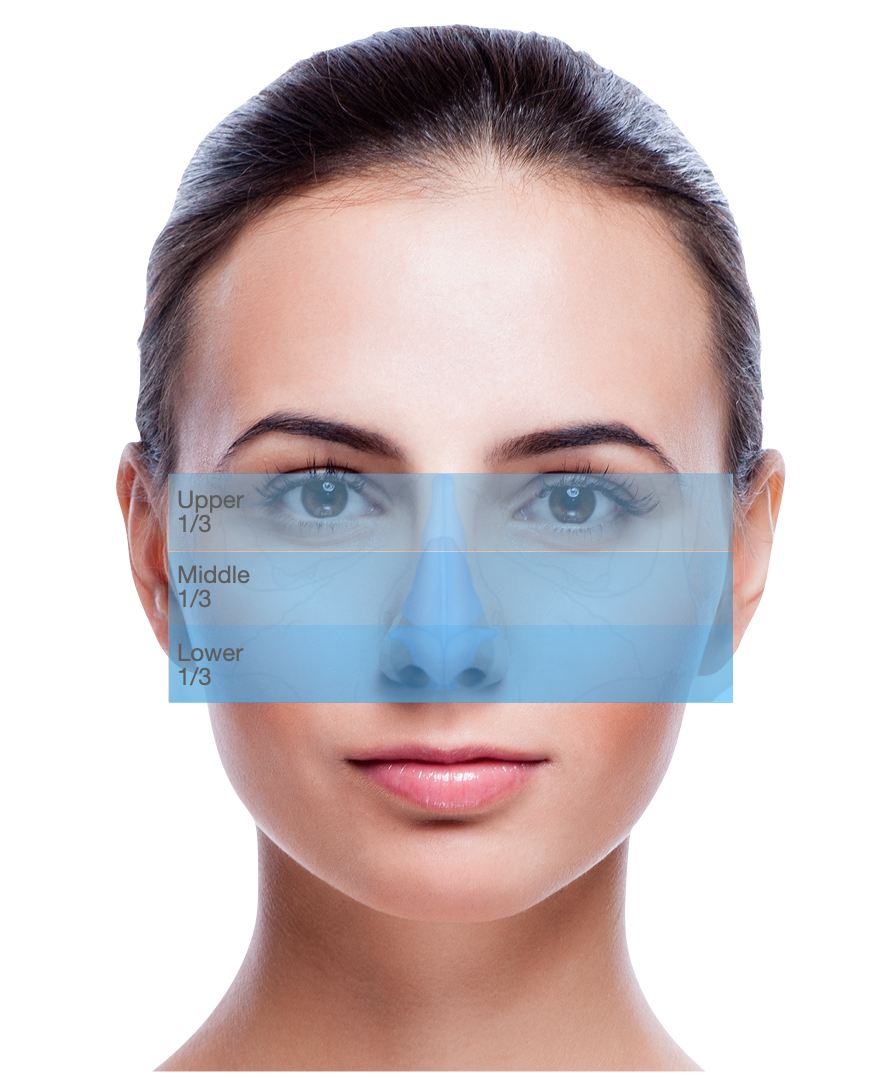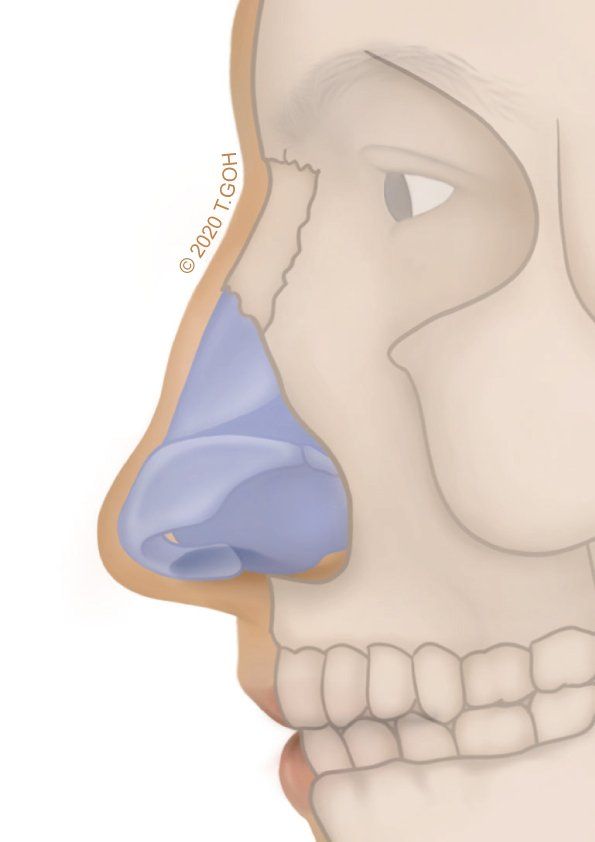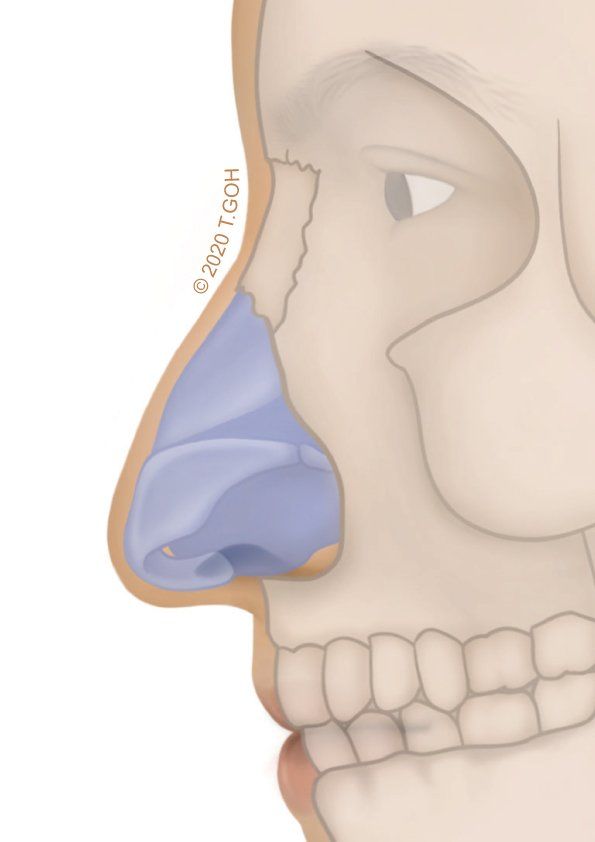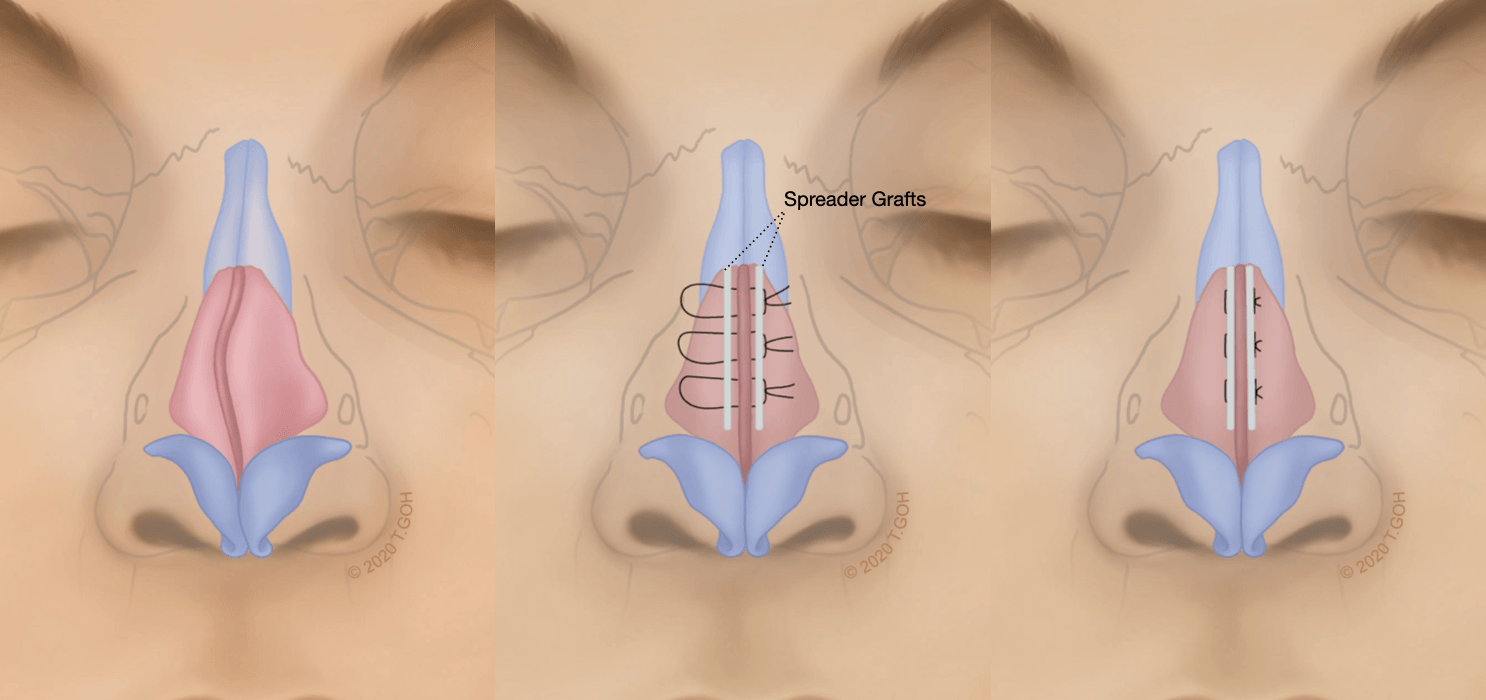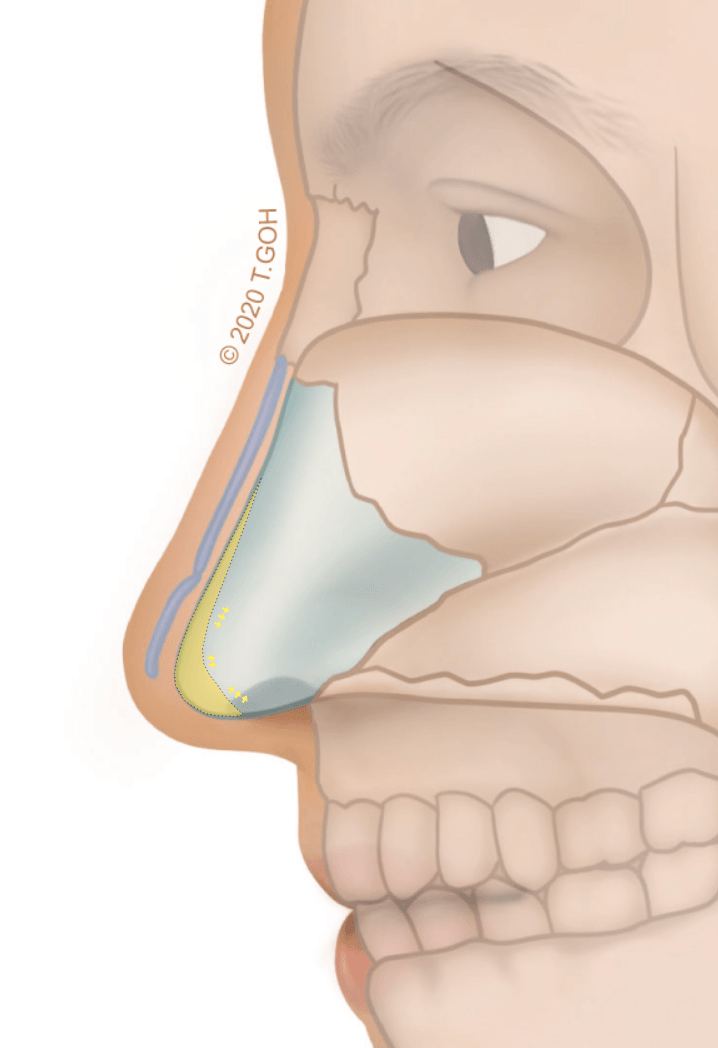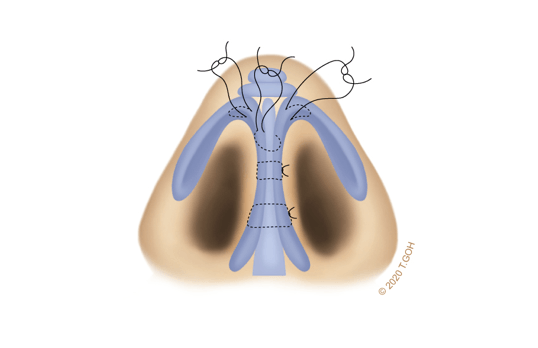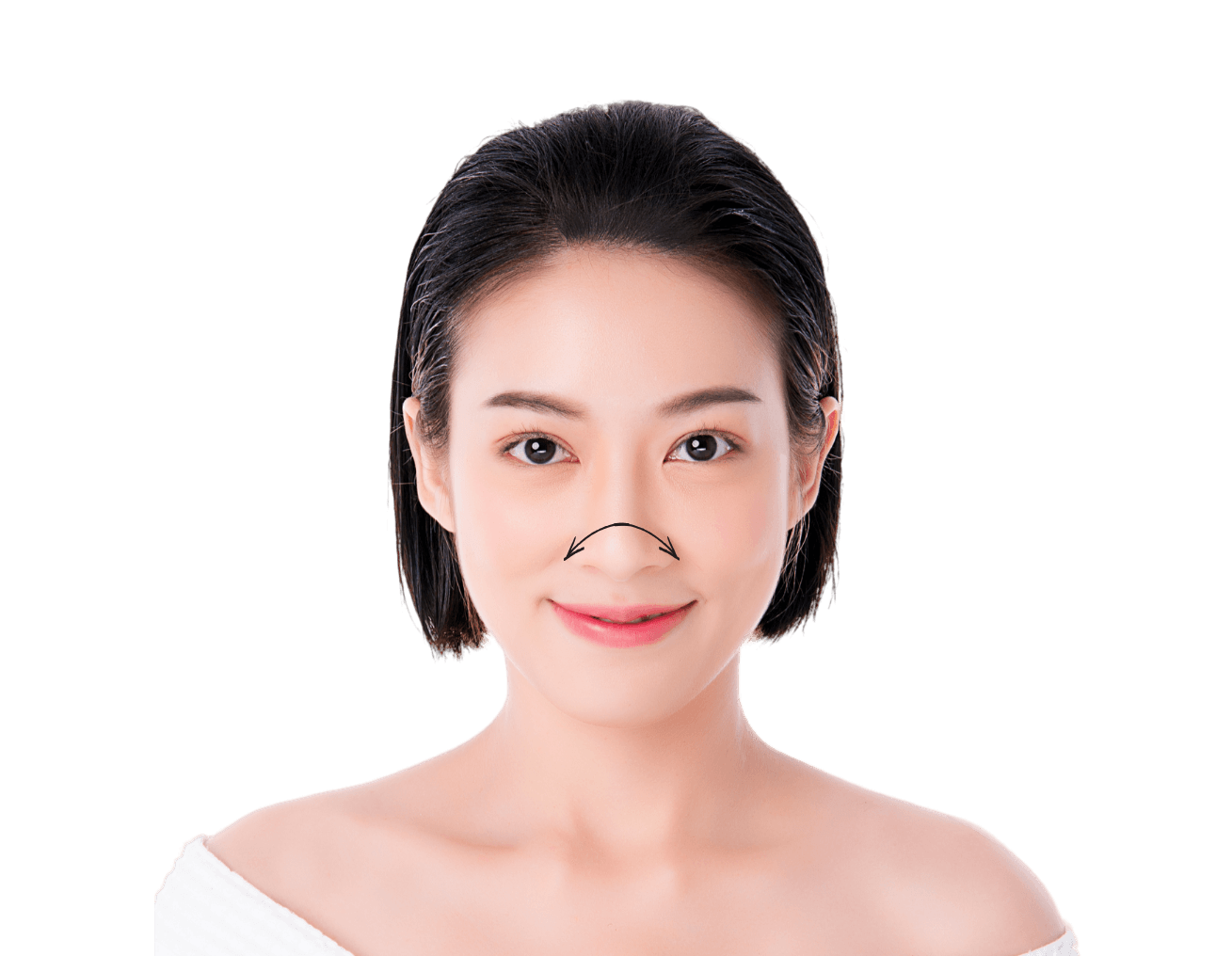BOOK A CONSULT TODAY
+65 67788-648
ROYAL SQUARE MEDICAL CENTRE
101, IRRAWADDY ROAD #14-09
AZATACA PLASTIC SURGERY CENTRE (ORCHARD)
MOUNT ELIZABETH HOSPITAL
3, MOUNT ELIZABETH ROAD #15-11
Follow us
Reduction Rhinoplasty
Restoring
proportion, balancing your features
What happens during a reduction rhinoplasty?
Depending on whether we are looking to reduce only a certain aspect of your nose or a complete reduction, cartilage and bone will be removed in the right proportions. In Asian patients, the nasal tip is often debulked further (from the inside, without additional scars) to reduce the bulbous tip. This is nor usually needed in Caucasian patients. Besides the incision between your nostrils, there will not be any scars made to trim the skin on your nose, as the skin will shrink to accomodate the new skin on its own.
What are the steps?
- Osteotomy
- Reduction of septum
- Tip-plasty and Alar-plasty
Isolated Hump Nose Deformity
Different Hump Nose Scenarios will require different approaches
Total Reduction
In situations when all the components of the nose is large, a total reduction is done
Getting Reduction Rhinoplasty Right
01
Facial analysis and proportions
The reduction of the nose has to be done such that the nose is harmoniously proportionate to the rest of the face, in both the front profile view and the side view. Three dimensional analysis with the use of computer simulation and facial analysis will help to create a new nose shape to fit your ideal facial image.
02
Pay attention to functional aspects
As much as aesthetics may be important, the functional aspects of the nose cannot be neglected. Reduction rhinoplasty procedures can create breathing problems if the anatomical and functional aspects are not considered in the surgical planning. Similarly, functional problems such as nasal congestion can also be corrected during the same surgery.
Hospitalisation
Day Surgery
Anaesthesia
Local Anaesthesia or IV Sedation
Operation Time
2-4 hours
Removal of Sutures
5 Days
RELATED PROCEDURES
Send us a Message
Have a question? We’re here to help. Send us a message and we’ll be in touch.
AZATACA Plastic Surgery (Novena)
38 Irrawaddy Road #06-48
Mount Elizabeth Novena Specialist Centre
Singapore 329563
Opening Hours
Mon - Fri: 9am - 6:30pm
Sat: 9am - 1pm
Sun: Closed
Main Line: (65) 6778 8648
AZATACA Plastic Surgery (Orchard)
3 Mount Elizabeth Road #15-11
Mount Elizabeth Hospital
Singapore 228510
Opening Hours
Mon - Fri: 9am - 5pm
Sat: 9am - 1pm
Sun: Closed
Main Line: (65) 6767 1648
